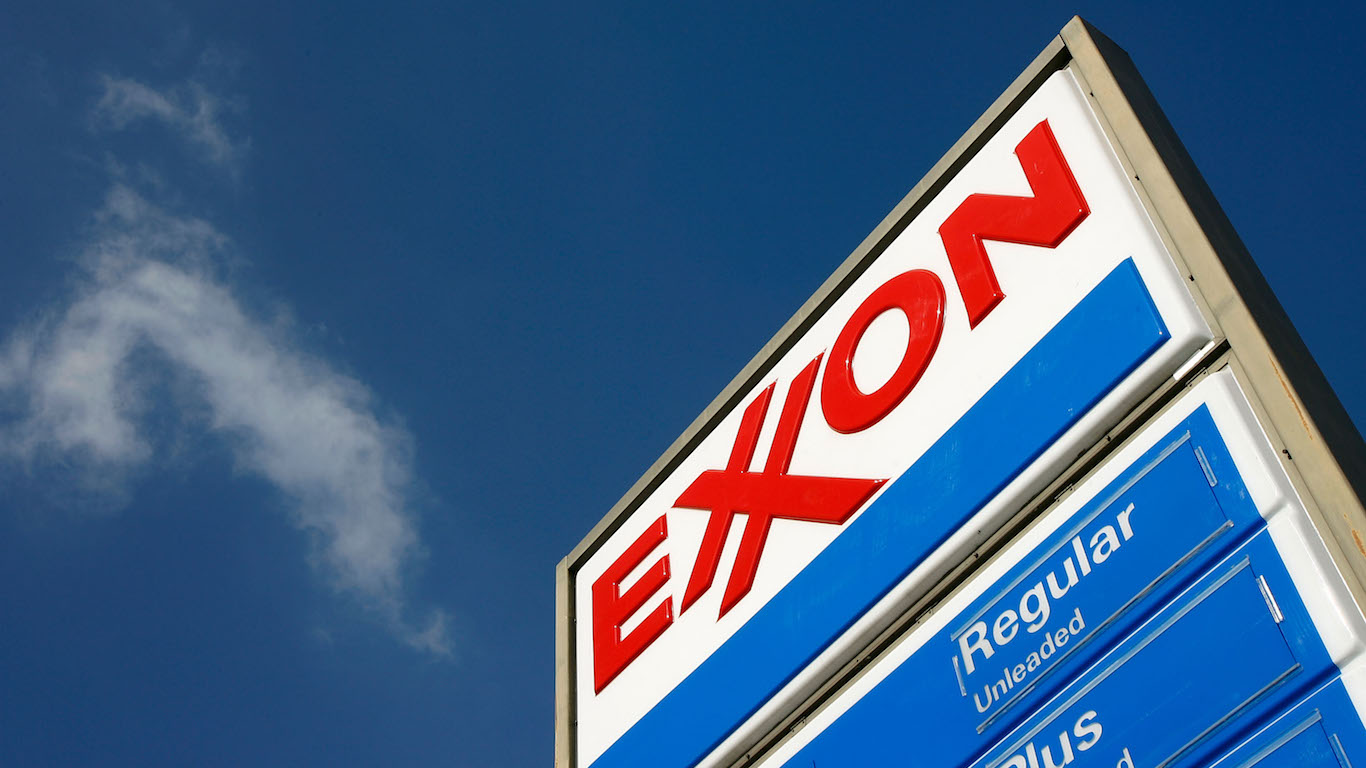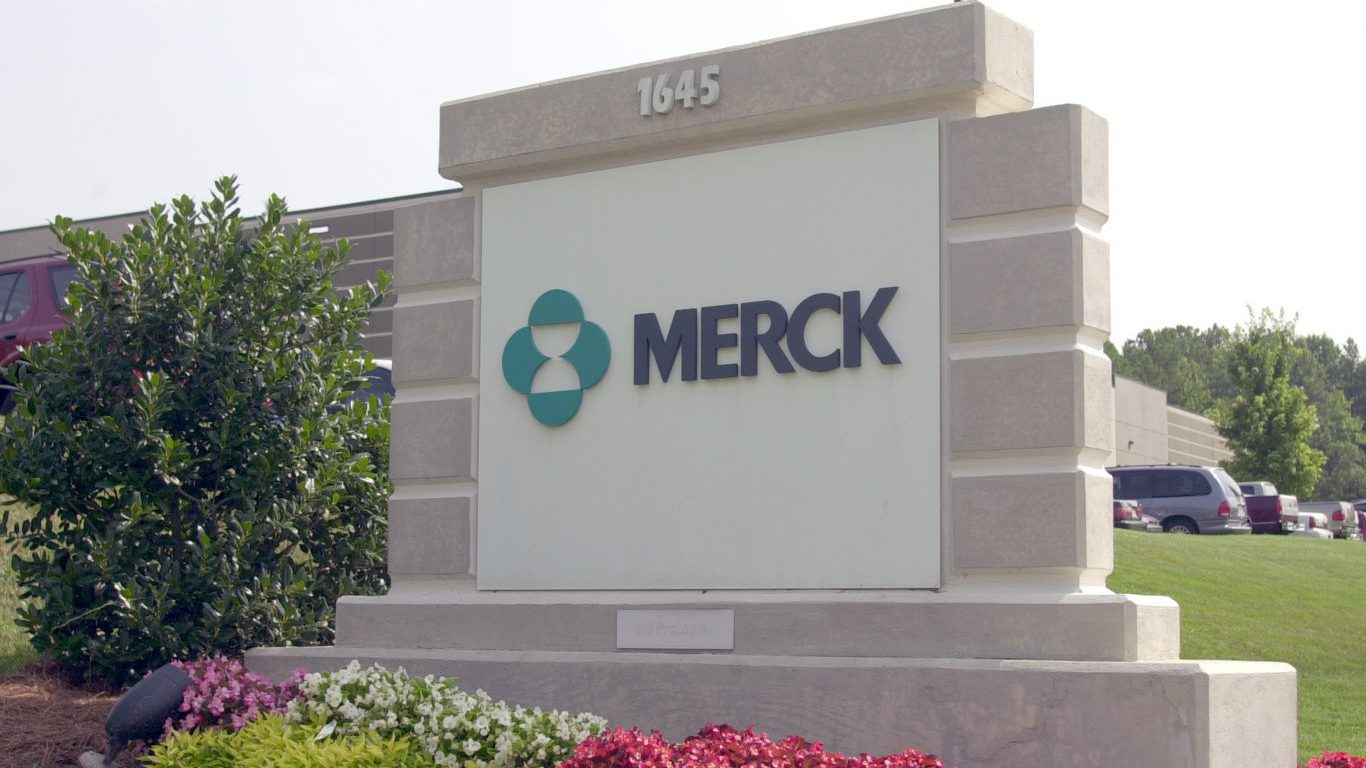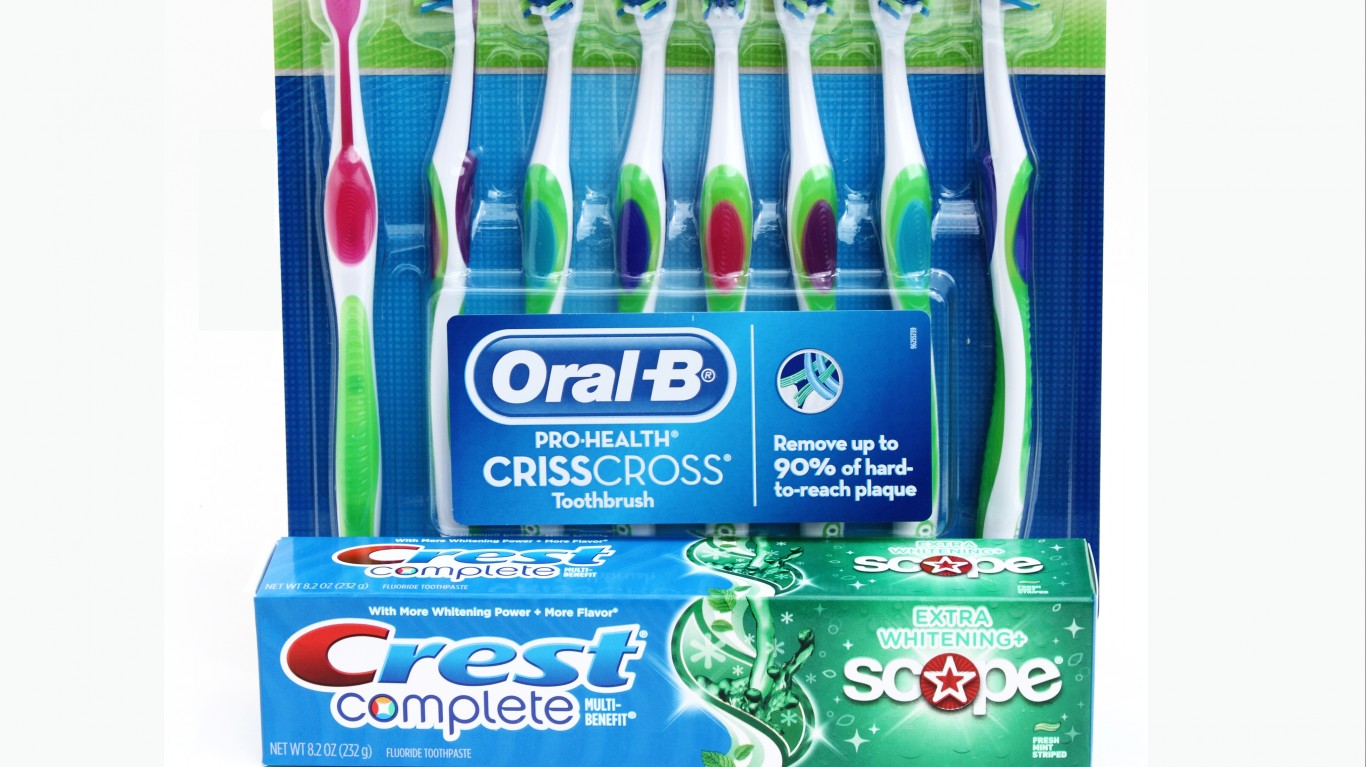
24/7 Wall St. Insights
- Dividend stocks will get a solid tailwind from falling interest rates.
- Despite the almost two-year rally, some big dividend blue chips remain cheap.
- Sit back and let dividends do the heavy lifting for a simple, steady path to serious wealth creation over time. Grab a free copy of “7 Things I Demand in a Dividend Stock,” plus get our two best dividend stocks to own today. Access two legendary, high-yield dividend stocks Wall Street loves.
Since 1926, dividends have contributed approximately 32% of the total return for the S&P 500, while capital appreciations have contributed 68%. Therefore, sustainable dividend income and capital appreciation potential are essential for total return expectations.
A study from Hartford Funds, in collaboration with Ned Davis Research, found that dividend stocks delivered an annualized return of 9.18% over the past half-century (1973-2023). Over the same timeline, this was more than double the annualized return for non-payers (3.95%).
Long-time investors and Warren Buffett admirers are familiar with his quote, “His favorite holding for an S&P 500 stock is forever.” So it’s not surprising to report that for all of the success and stature Berkshire Hathaway has in the investment world, just seven top companies make up over 70% of the funds’ total holdings.
We decided to screen our 24/7 Wall St. blue chip dividend stock database, looking for companies that would do just fine if investors HAD to hold them forever. We looked at the length of time they have paid dividends, where they ranked in their specific S&P 500 sectors, and how sell-side Wall Street analysts had them rated. Five companies made the cut, and all are Buffett-type hold-forever winners.
Why do we cover dividend stocks?

Dividend stocks provide investors with reliable streams of passive income. Passive income is characterized by its ability to generate revenue without requiring the earner’s continuous active effort, making it a desirable financial strategy for those seeking to diversify their income streams or achieve financial independence.
Dominion Energy

Many of the Wall Street firms we cover are still very positive on utilities despite the sharp 20+% move higher this year, and this company pays a strong 4.70% dividend. Dominion Energy Inc. (NYSE: D) operates through four segments:
- Dominion Energy Virginia
- Gas Distribution
- Dominion Energy South Carolina
- Contracted Assets.
The Dominion Energy Virginia segment generates, transmits, and distributes regulated electricity to residential, commercial, industrial, and governmental customers in Virginia and North Carolina.
The Gas Distribution segment engages in:
- Regulated natural gas gathering
- Transportation
- Distribution and sales activities
- Distributes nonregulated renewable natural gas
This segment serves residential, commercial, and industrial customers.
The Dominion Energy South Carolina segment:
- Generates
- Transmits
- Distributes electricity and natural gas to residential, commercial, and industrial customers in South Carolina.
The company’s portfolio of assets included approximately:
- 30.2 gigawatts of electric generating capacity
- 10,500 miles of electric transmission lines
- 85,600 miles of electric distribution lines
- 94,200 miles of gas distribution lines
Dominion serves approximately 7 million customers.
Exxon Mobil

This year’s slow decline in oil prices offers investors an excellent entry point, and they will gladly grab a strong 3.37% dividend. Exxon Mobil Corp. (NYSE: XOM) is the world’s largest international integrated oil and gas company, exploring for and producing crude oil and natural gas in the United States, Canada/South America, Europe, Africa, Asia, and Australia/Oceania.
Exxon also manufactures and markets commodity petrochemicals, including:
- Olefins
- Aromatics
- Polyethylene and polypropylene plastics and specialty products
Exxon also transports and sells crude oil, natural gas, and petroleum products.
Top Wall Street analysts expect the company to remain a key beneficiary in a higher oil price environment, and most remain optimistic about the company’s sharp positive inflection in capital allocation strategy,
Upstream portfolio and leverage to a further demand recovery, Exxon offers greater Downstream/Chemicals exposure than its peers.
Exxon has completed its purchase of oil shale giant Pioneer Natural Resources in a $59.5 billion all-stock purchase. The deal created the largest U.S. oilfield producer and guaranteed a decade of low-cost production.
Merck

Merck & Co. Inc. (NYSE: MRK) is not just a health care company but a global force in the industry while paying a solid 2.75% dividend. The company operates through two segments.
The Pharmaceutical segment offers human health pharmaceutical products in:
- Oncology
- Hospital acute care
- Immunology
- Neuroscience
- Virology
- Cardiovascular
- Diabetes
- Vaccine products, such as preventive pediatric, adolescent, and adult vaccines
The Animal Health segment discovers, develops, manufactures, and markets veterinary pharmaceuticals, vaccines, health management solutions and services, and digitally connected identification, traceability, and monitoring products.
Merck serves:
- Drug wholesalers
- Retailers
- Hospitals
- Government agencies
- Managed healthcare providers, such as health maintenance organizations
- Pharmacy benefit managers and other institutions
- Physicians
- Physician distributors
- Veterinarians
- Animal producers
Merck’s growth is a result of its efforts and strategic collaborations. The company works with AstraZeneca PLC (NYSE: AZN), Bayer, Eisai, Ridgeback Biotherapeutics, and Gilead Sciences, Inc. (NASDAQ: GILD) to jointly develop and commercialize long-acting treatments for HIV, demonstrating a commitment to innovation and growth.
Procter & Gamble

Procter & Gamble Co. (NYSE: PG) is one of the world’s largest consumer products companies. It offers substantial dividends and has very recognizable products.
Proctor & Gamble operates under five segments:
- Beauty
- Grooming
- Health Care
- Fabric & Home Care
- Baby & Family Care
Brands include:
- Pampers
- Tide
- Bounty
- Charmin
- Gillette
- Oral B
- Crest
- Olay
- Pantene
- Head & Shoulders
- Ariel
- Gain
- Always
- Tampax
- Downy
- Dawn
P&G sells its products through mass merchandisers, e-commerce, grocery stores, membership club stores, drug stores, department stores, distributors, wholesalers, baby stores, specialty beauty stores, high-frequency stores, and pharmacies.
The company has been innovative in its product development process and uses that to help ensure future growth and cash flow. This should provide investors with years of steady growth and dividends.
Shareholders are paid a very dependable 2.35% dividend.
Walmart

Trading near a 52-week high, yielding only 1.05%, this company remains the leading retailer and will continue to dominate the marketplace for years. Walmart Inc. (NYSE: WMT) engages in retail, wholesale, other units, and e-commerce.
The company operates through three segments:
- Walmart U.S.
- Walmart International
- Sam’s Club
It operates:
- Supercenters, supermarkets, hypermarkets, warehouse clubs, cash and carry stores, and discount stores under the Walmart and Walmart Neighborhood Market brands
- Membership-only warehouse clubs; e-commerce websites, such as walmart.com.mx, walmart.ca, flipkart.com, PhonePe, and others; and mobile commerce applications
The company offers:
- Grocery and consumables, including dairy, meat, bakery, deli, produce, dry, chilled or frozen packaged foods, alcoholic and nonalcoholic beverages
- Floral, snack foods, candy, other grocery items, health and beauty aids, paper goods, laundry and home care, baby care, pet supplies, and other consumable items; fuel, tobacco, and other categories.
It is also involved in the provision of health and wellness products covering pharmacy, optical and hearing services, and over-the-counter drugs and other medical products; and home and apparel including home improvement, outdoor living, gardening, furniture, clothing, jewelry, tools and power equipment, housewares, toys, seasonal items, mattresses, and tire and battery centers.
In addition, the company also sells:
- Consumer electronics and accessories
- Software, video games, office supplies, appliances, and third-party gift cards
Further, it operates digital payment platforms and offers financial services and related products, including money transfers, bill payments, money orders, check cashing, prepaid access, co-branded credit cards, installment lending, and earned wage access.
Five High-Yield Warren Buffett Dividend Stocks Are Top Wall Street October Picks
In 20 Years, I Haven’t Seen A Cash Back Card This Good
After two decades of reviewing financial products I haven’t seen anything like this. Credit card companies are at war, handing out free rewards and benefits to win the best customers.
A good cash back card can be worth thousands of dollars a year in free money, not to mention other perks like travel, insurance, and access to fancy lounges.
Our top pick today pays up to 5% cash back, a $200 bonus on top, and $0 annual fee. Click here to apply before they stop offering rewards this generous.
Flywheel Publishing has partnered with CardRatings for our coverage of credit card products. Flywheel Publishing and CardRatings may receive a commission from card issuers.
Thank you for reading! Have some feedback for us?
Contact the 24/7 Wall St. editorial team.




